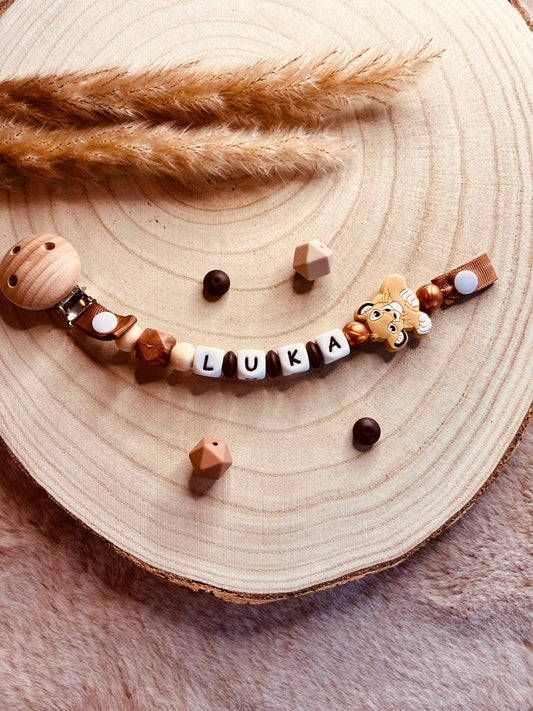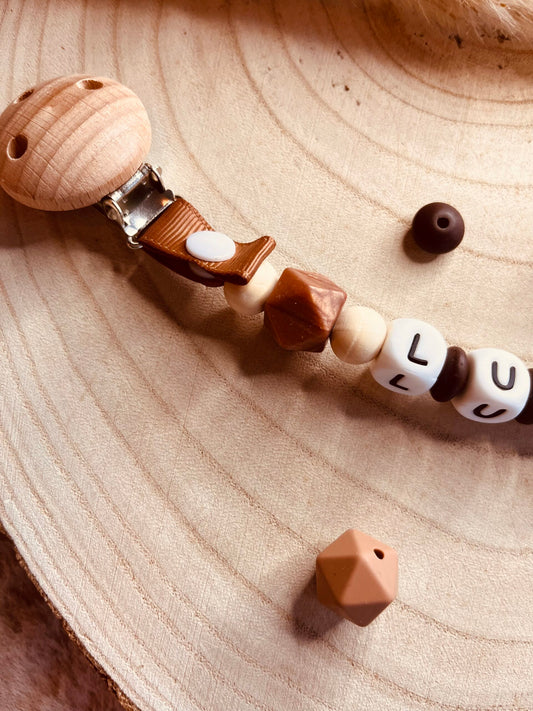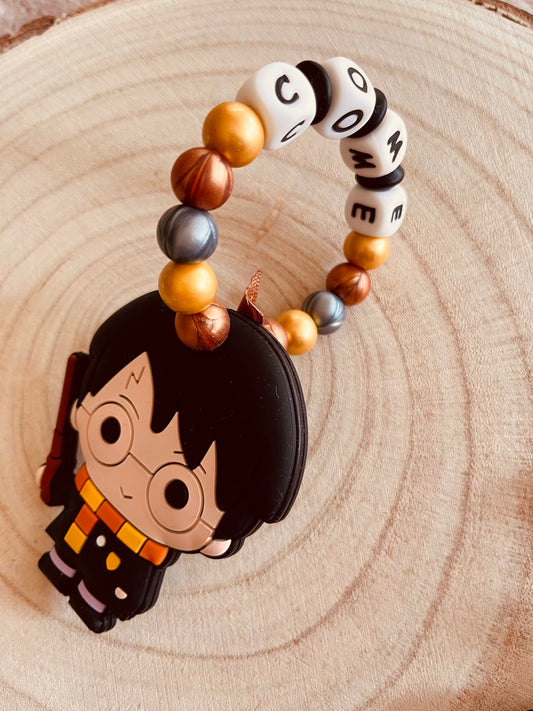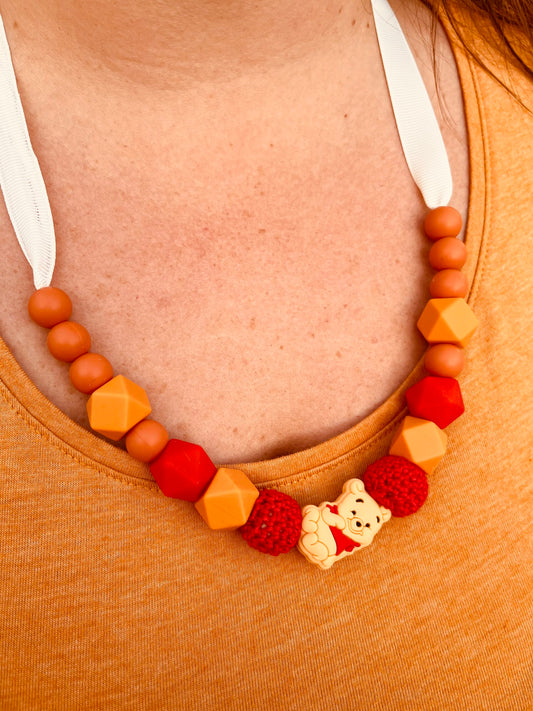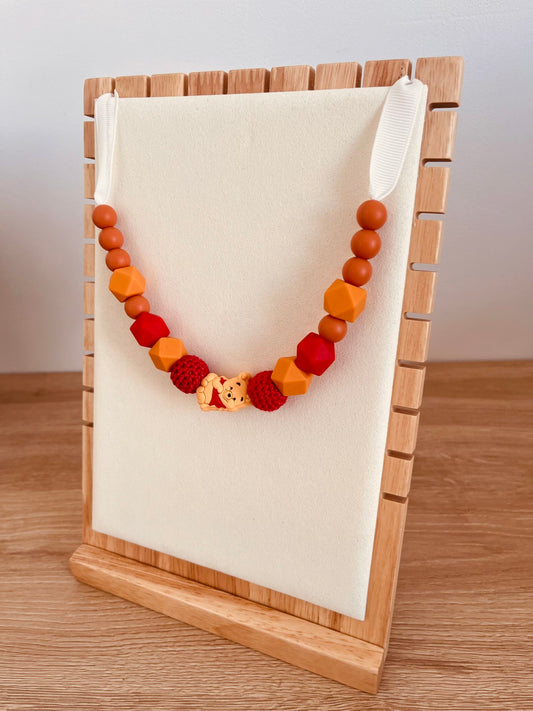Baby fever and milk teeth: everything you need to know
Teething is a normal stage in your baby's development, but it can sometimes be accompanied by symptoms such as fever. For many parents, this can be a source of concern and anxiety. In this article, we'll explore the relationship between fever and teething, symptoms to look out for, and tips on how to soothe your baby during this time.

The emergence of baby teeth: an inevitable stage
Teething is a natural stage in your baby's development that usually begins around 6 months of age and can continue until 3 years of age. During this time, your baby's gums are preparing to receive their first teeth. The first baby teeth to appear are usually the lower and upper central incisors.
Fever and teething: a possible link
Many parents notice that their baby has a slight increase in body temperature during teething. This mild fever is generally considered a normal reaction of the baby's body to teething. However, it is important to note that this fever is usually low, not exceeding 100.4 degrees Fahrenheit (38 degrees Celsius).
Fever during teething is often attributed to gum inflammation that occurs when the teeth break through the surface. This process can cause mild irritation and inflammation, which in turn can trigger an immune response from the body, causing a slight rise in body temperature.
Symptoms of fever when teething:
- Mild fever : As mentioned earlier, fever during teething is usually low, with a temperature slightly higher than normal.
- Irritability : Your baby may become more irritable and cranky during this time due to discomfort.
- Excessive salivation : Babies tend to produce more saliva when teething, which can lead to excessive drooling.
- Swelling and redness of the gums : The gums may become swollen and red where the teeth are about to erupt.
- Biting and chewing : Your baby may seek to relieve discomfort by biting on objects or chewing on his fingers.
Relieve teething fever and discomfort:
- Massage the gums : Use your clean finger to gently massage your baby's gums. This can help relieve discomfort.
- Teething rings : Give your baby silicone or natural rubber teething rings to chew on. Chilling the teething rings in the refrigerator can also provide additional relief.
- Teething gels : Consult your pediatrician about using safe teething gels to relieve gum inflammation.
- Distract your baby : Offer your baby toys or activities to distract them from the discomfort. Extra attention and cuddles can also be comforting.
- Monitor fever : Although a mild fever is common, be sure to monitor your baby's temperature. If the fever exceeds 100.4 degrees Fahrenheit (38 degrees Celsius) or if other serious symptoms occur, seek immediate medical attention.
In conclusion, a mild fever during teething is often normal and related to gum inflammation. However, it's essential to monitor your baby's temperature and look for signs of distress. With proper care and pain relief methods, you can help your baby get through this important developmental milestone more comfortably. Remember that every baby is different, and if you have any concerns about your child's fever, it's best to consult your pediatrician for advice specific to your situation.


